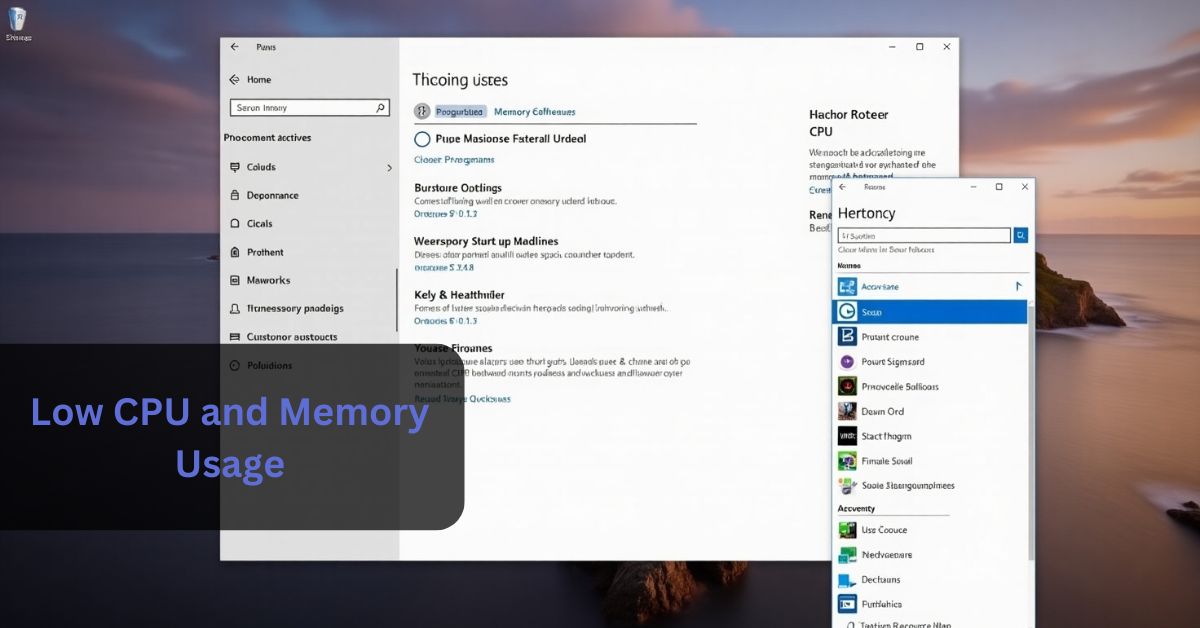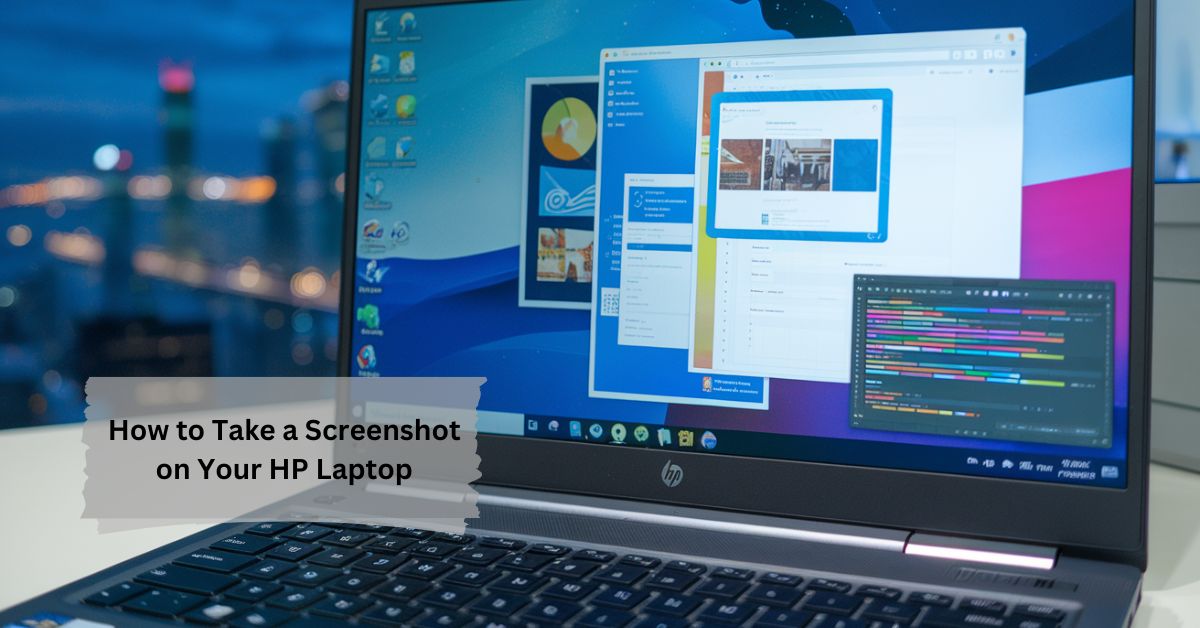Acer monitors are a popular choice for gamers, professionals, and casual users alike due to their performance and reliability. However, like any electronic device, they can experience issues that might require a reset.
To How to Reset an Acer Monitor, access the On-Screen Display (OSD) menu using the ‘Menu’ button, navigate to the reset option, confirm the reset, and restart the monitor. This process can resolve issues like flickering, blurry images, and incorrect settings.
Whether your monitor is flickering, displaying distorted images, or you’re simply looking to restore the default settings, resetting your Acer monitor can often resolve these problems. This comprehensive guide will take you through the process of resetting your Acer monitor step-by-step and offer insights into maintaining its performance over time.
Why You Might Need to Reset Your Acer Monitor
Understanding the reasons behind a monitor reset can help you troubleshoot issues effectively. Here are some common scenarios that might prompt a reset:
- Display Malfunctions: Issues like flickering, blurry images, or inconsistent colors can make it hard to work or enjoy media on your monitor. A reset can often restore proper functionality.
- Accidental Changes: Sometimes settings get changed accidentally. If someone else has used your monitor or you’ve fiddled with the settings, restoring factory defaults can save time.
- Software Updates: After updating your operating system or graphic drivers, your monitor settings may not sync correctly. Resetting can help ensure that the monitor functions optimally with the updated software.
- Input Source Issues: If your monitor is not displaying anything or showing the wrong input, a reset can sometimes rectify this by re-establishing the correct settings.
Step 1: Accessing the On-Screen Display (OSD) Menu
The first step in resetting your Acer monitor is to access the On-Screen Display (OSD) menu. This menu contains various settings that you can adjust.
- Locate the OSD Buttons: Look for the physical buttons on your monitor. These are typically found on the bottom bezel or side of the monitor. The button layout can vary by model, but you should see options like ‘Menu,’ ‘Input,’ and directional arrows.
- Press the ‘Menu’ Button: To open the OSD menu, press the ‘Menu’ button. This action will bring up a series of options displayed on your screen.
Step 2: Navigating the OSD Menu
Once the OSD menu is open, use the directional buttons to navigate through the available options. Look for:
- Settings
- Options
- Management
Step 3: Selecting the ‘Reset’ or ‘Factory Reset’ Option
In the Settings or Options menu, you should find the reset option.
- Find the Reset Option: Look for a setting labeled ‘Reset,’ ‘Factory Reset,’ or ‘Recall.’
- Confirm the Reset: Once you’ve selected the reset option, a confirmation message may appear. Use the arrow buttons to choose ‘Yes’ or ‘OK’ to proceed with the reset. This step will revert all settings to their original factory conditions.
Step 4: Restarting the Monitor
After confirming the reset, it’s advisable to restart the monitor to ensure all changes take effect.
- Power Off the Monitor: Press the power button to turn the monitor off.
- Wait a Few Seconds: Leave the monitor off for about 10 seconds. This pause allows the system to refresh completely.
- Power On the Monitor: Turn it back on, and it should now display the default settings.
Step 5: Adjusting Settings Post-Reset
After resetting, you might need to adjust a few settings to suit your preferences:
- Resolution: Ensure the display resolution matches your computer’s output. This setting can usually be adjusted within your computer’s display settings.
- Brightness and Contrast: Set the brightness and contrast levels to your liking for optimal viewing comfort.
- Color Calibration: Depending on your use case (gaming, design, general use), you may want to calibrate the colors. Some Acer monitors come with preset modes (like gaming or photo editing) that you can select from the OSD menu.
Troubleshooting If You Can’t How to Reset an Acer Monitor:
Sometimes, the monitor may not respond, or the reset may not address the issue. Here are a few troubleshooting steps:
- Unplug and Reconnect: Disconnect the power cable, wait for 30 seconds, and then reconnect. This simple action can sometimes reset the monitor’s internal settings.
- Check Cable Connections: Ensure all cables (power, HDMI, VGA, etc.) are securely connected. Loose or damaged cables can cause display issues.
- Update Drivers: Ensure your graphics card drivers and monitor drivers are up to date. Outdated drivers can lead to compatibility issues.
- Factory Reset via Control Panel: If the OSD menu is not responsive, you can reset some settings through your computer’s control panel, especially if you’re using Windows.
- Contact Support: If issues persist, consider reaching out to Acer’s customer support or a professional technician for assistance.
Tips to Maintain Your Acer Monitor’s Performance
How to Reset an Acer Monitor can help avoid issues that necessitate frequent resets. Here are some best practices:
- Regular Cleaning: Dust and debris can accumulate over time. Use a microfiber cloth to gently clean the screen and vents. Avoid using harsh chemicals, as they can damage the screen.
- Avoid Heat Exposure: Keep the monitor in a well-ventilated area and avoid direct sunlight to prevent overheating, which can affect performance.
- Use a Surge Protector: Protect your monitor from power surges, which can cause permanent damage, by using a surge protector.
- Adjust Settings for Different Tasks: If you use your monitor for various tasks (gaming, graphic design, general browsing), switch between presets available in the OSD menu to optimize performance for each task.
Troubleshooting Common Acer Monitor Issues
If you’re still facing issues after a reset, here are some common problems and solutions:
- Flickering Screen
- Solution: Check the cable connections. A faulty or loose cable can cause flickering. If you suspect the cable is damaged, try using a different one.
- No Display After Reset
- Solution: Ensure the monitor is set to the correct input source. Use the OSD menu to switch between HDMI, VGA, or DisplayPort inputs.
- Blurry Text or Images
- Solution: Adjust the sharpness settings via the OSD menu. Also, ensure your screen resolution matches the monitor’s recommended settings.
- Screen Burn-In
- Solution: If you notice ghost images, it may be due to screen burn-in. Use a screen saver or turn off the display when not in use to prevent this issue.
- Color Imbalance
- Solution: Check your computer’s display settings and use the OSD menu to adjust the color settings. If color settings appear off, consider recalibrating the monitor.
Conclusion
Resetting your how to reset an acer monitor is a straight forward process that can resolve a variety of display issues. By following the steps outlined in this guide, you can restore your monitor to its factory settings and enjoy an optimal viewing experience.
Remember to maintain your monitor by keeping it clean, updating drivers, and adjusting settings to suit your needs. With a little care, your Acer monitor can continue to deliver exceptional performance for years to come.
FAQs
What should I do if my Acer monitor won’t reset?
Ensure all cable connections are secure, unplug the monitor for 30 seconds, and try again. If problems persist, consider contacting Acer support.
How can I access the OSD menu on my Acer monitor?
Locate the physical buttons on your monitor, typically found on the bottom or side, and press the ‘Menu’ button to open the OSD menu.
Will resetting my monitor delete any saved settings?
Yes, resetting your monitor will revert all settings to factory defaults, so any personalized adjustments will be lost.
What are common signs that I need to reset my monitor?
Common signs include flickering screens, blurry images, color distortion, or the monitor not responding properly to input sources.
How can I maintain my Acer monitor’s performance?
Regularly clean the screen, avoid exposing it to heat, use a surge protector, and adjust settings based on different tasks to optimize performance.






















Leave a Reply